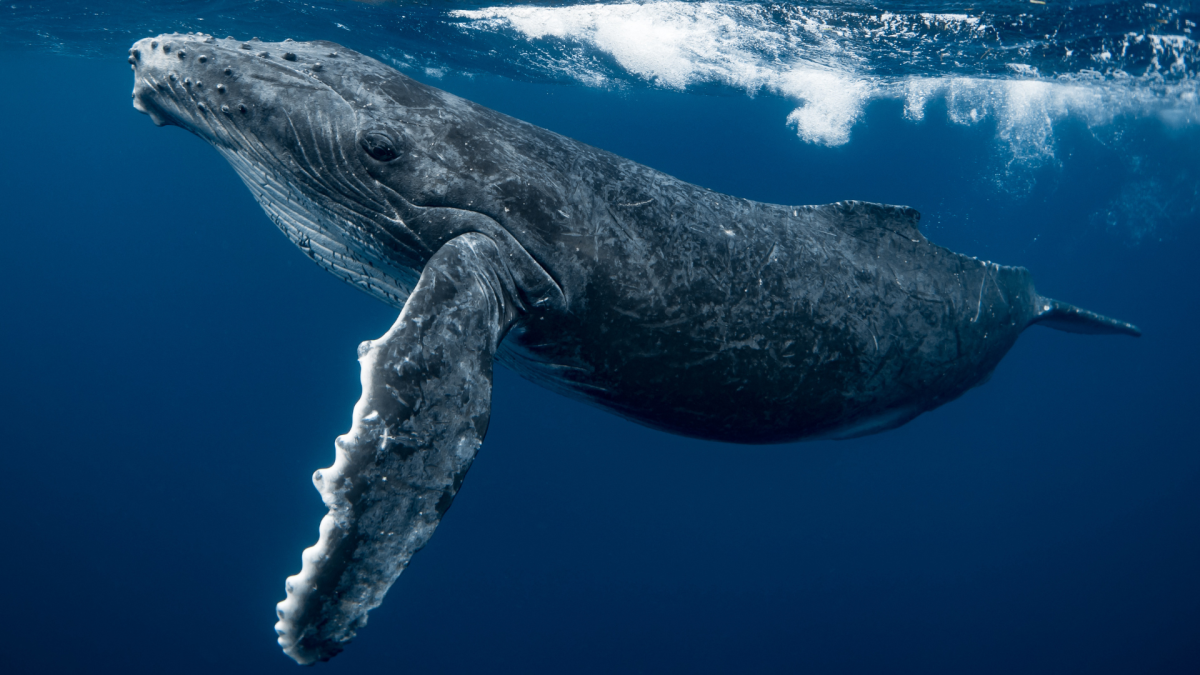Mother Humpback Whale Gently Helps Diver to the Surface to ‘Help Him Breathe’ originally appeared on PetHelpful.
Underwater photographer Jono Allen has had his fair share of unforgettable encounters with marine life, but a recent experience he shared with PEOPLE might just be the most extraordinary yet. Over the years, he’s filmed and interacted with countless whales, often having intimate one-on-one moments. But there’s one special encounter that stands out above the rest, and he opened up about it with PEOPLE.
“I was swimming in the water and this mother humpback saw me and thought that was something wrong, and she came over to me and started trying to lift me up out of the water so I could breathe.”
Once a mama, always a mama! Talk about a once-in-a-lifetime experience! While the sentiment was touching, Jono didn’t let it happen, specifically for the whale’s safety and protection. “I just couldn’t do it,” he said.
You can read more about Jono’s adventures here at PEOPLE; he’s had some animal encounters that most of us only dream (or have nightmares!) about!
Related: Snorkeler in Australia Gets ‘Launched’ Out of Ocean by Humpback Whale in Wild Video
Cool Humpback Whale Facts
Humpback whales are massive, though not the biggest in the ocean (that honor goes to the blue whale). Still, they’re incredibly impressive, reaching up to 60 feet long and weighing as much as 40 tons. It’s so cool to think something that huge would be able to care for and feel empathy for a tiny human that they spotted under the water!
Another fascinating thing about humpbacks is how they feed. They only eat during feeding season, about half the year, but when they do, they go all in, eating up to 22 hours a day! Despite their size, their throats are only about the size of a grapefruit, so they can’t swallow large fish (or humans). Instead, they feast on krill and small fish that they can easily gulp down whole.
Humpbacks travel incredible distances every year, migrating up to 10,000 miles—one of the longest migrations of any mammal on Earth! During the summer and fall, they head to colder waters to feed, while in the winter and spring, they make their way to warmer regions to mate and give birth.
The reason these whales feed in cooler waters (like Alaska) and migrate to warmer waters (like Hawaii) is simple: cold water is a more attractive home to the fish that whales consume (young salmon and herring) and the warmer waters are not. And have you ever seen whales bubble feed before? It’s pretty cool!
Mother Humpback Whale Gently Helps Diver to the Surface to ‘Help Him Breathe’ first appeared on PetHelpful on Jul 23, 2025
This story was originally reported by PetHelpful on Jul 23, 2025, where it first appeared.

